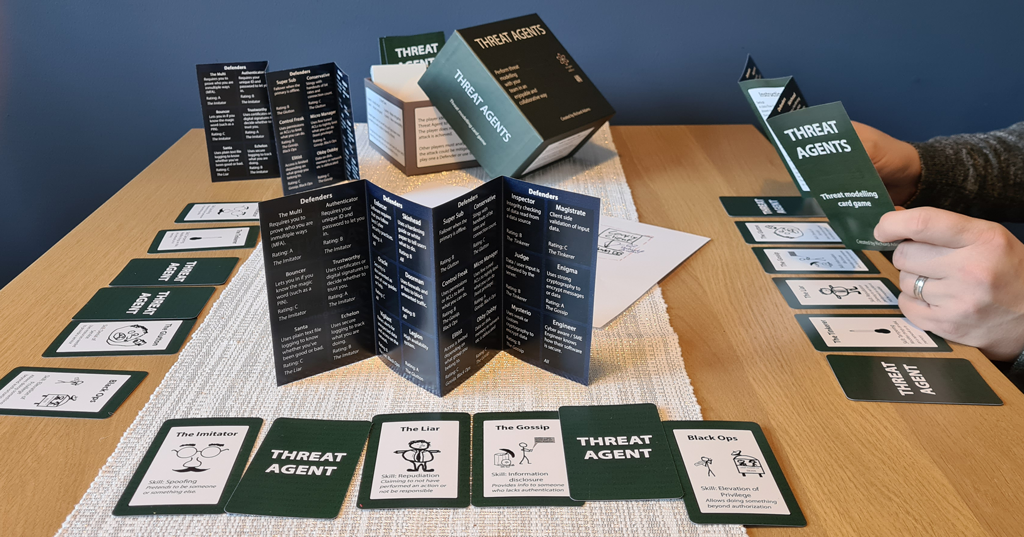I am a test engineer at my current work. After watching a number of talks at Ministry of Testing I also signed up for a secondary role; Cyber Champion. Through this role I’ve been learning about many aspects of cyber security and then running brown bags for our office to help people learn more about the various aspects of cyber security and I’ve also been doing vulnerability scanning. However what I most want to talk about is threat modelling.
If you’ve not heard of it, Threat modelling, at least within the context of software, is an exercise to identify vulnerabilities within your solution. I’ve written some words about it on my Threat Agents site (will explain “Threat Agents” shortly) so I won’t go into too much detail. In short, you put together a data flow diagram then look for vulnerabilities in it. Most people use a mnemonic called STRIDE to achieve this.
If this isn’t familiar then I’d recommend checking out my Threat Modelling write up on my threat Agents site to learn more, or have a look at Ministry of Testing, OWASP or have a quick Google.
Now to the point. Many teams may approach threat modelling by pulling in their senior software engineers, those with the most experience developing the software. However this is a poor idea. Bringing less experienced people to the table could lead to attacks that are “known but unsaid” and therefore easily forgotten or other blind spots that have been learnt throughout the years.
But there’s someone else that you really should bring along. Someone who spends most of their day trying to identify the risks in a feature. Someone who has the nack of finding holesand flaws. Someone who has probably has the widest knowledge of your solution.
Your test engineer.
Next time you are threat modelling, be sure to invite your test engineers. They don’t need to have any security experience or programming background. If they have the ability to spot that “X + Y – Z = Crash”, they are likely to also spot that “R + T – U = Vulnerability”.
If you’ve not done threat modelling before then it can seem quite daunting. Certainly when I was about to have my first sessions I felt pretty anxious that I’d be out of my depth, despite having read and understood plenty on it, including STRIDE. However after completing my first session, I loved it. Not only was it a useful exercise for the business but I really enjoyed threat modelling. As a test engineer I was in my element.
To help people get over that initial hurdle and avoid the risk of setting around a table, looking at a threat model going “errrr” (what my first session would have been without a great coach), I have created a card game called “Threat Agents“.

This takes the elements of STRIDE, adds my quirkiness to them and some structure to help you get going. The game is free to download and get to print off your own copies.
One reply on “Threat modelling: Don’t forget your test engineer”
[…] it is. This is why I’ve spoken about security testing at TestBash UK, along with talks, a blog post and created a card game all on threat modelling (something I enjoy, even if I’m not that […]